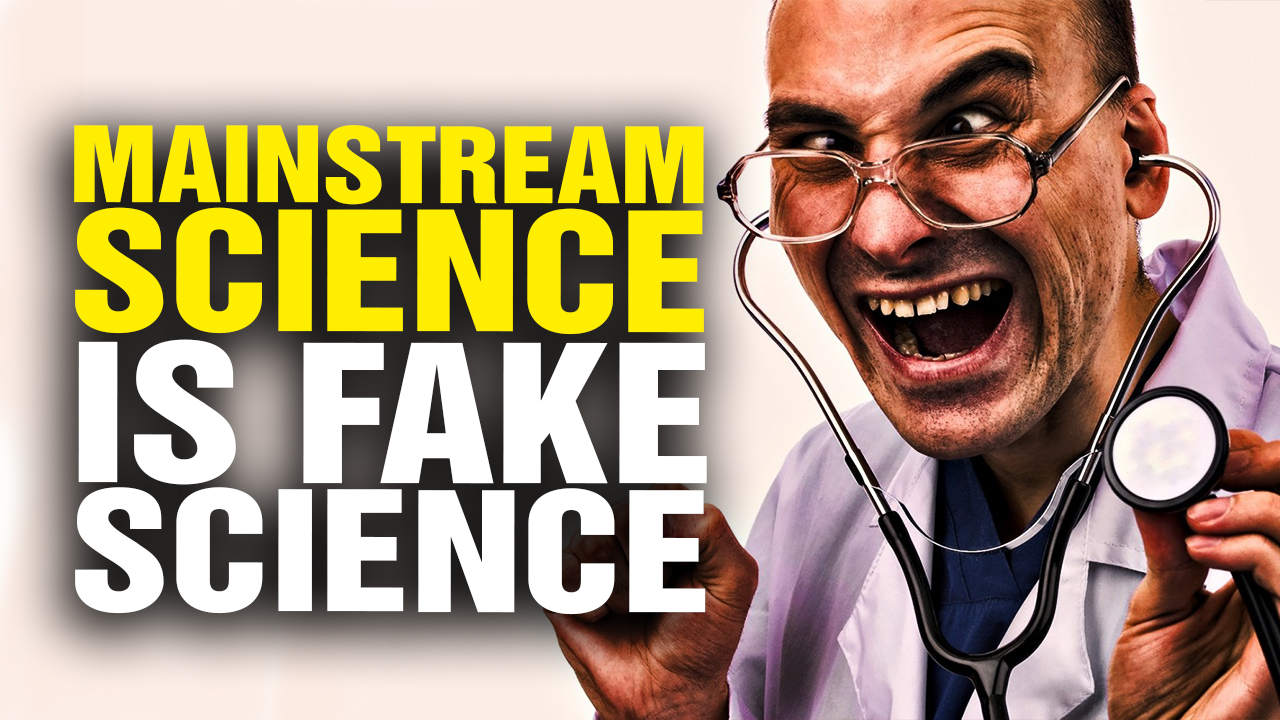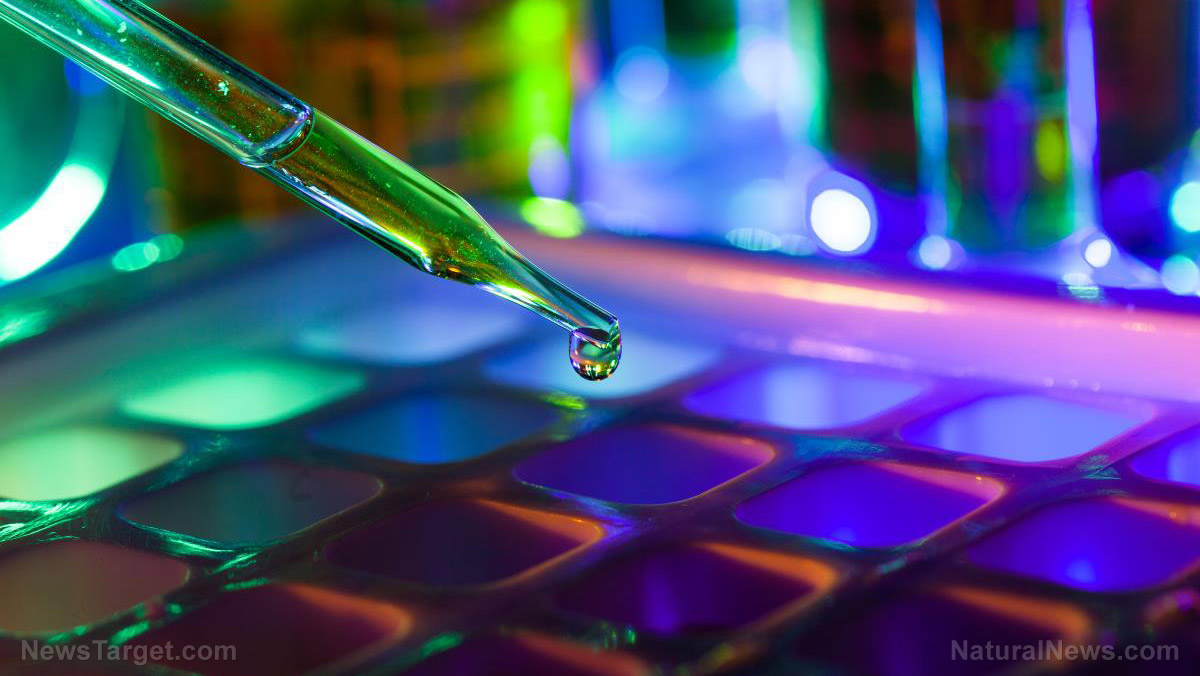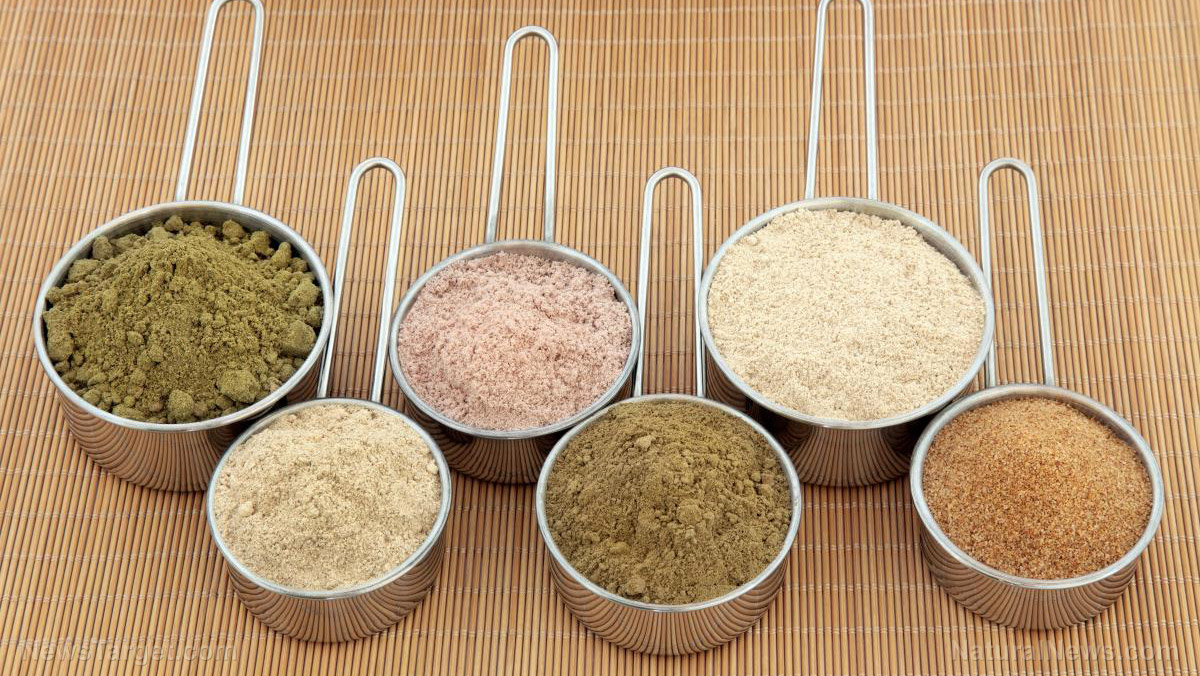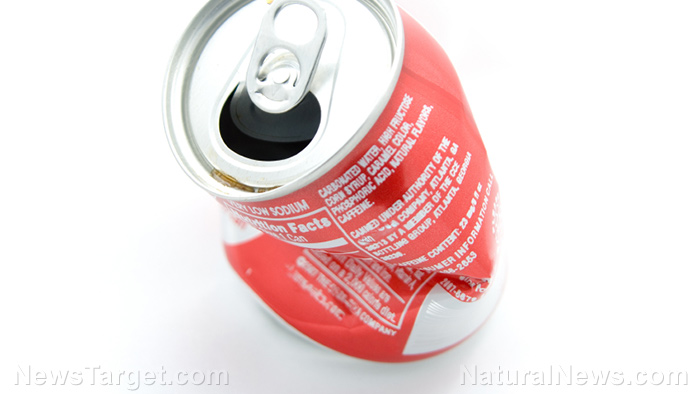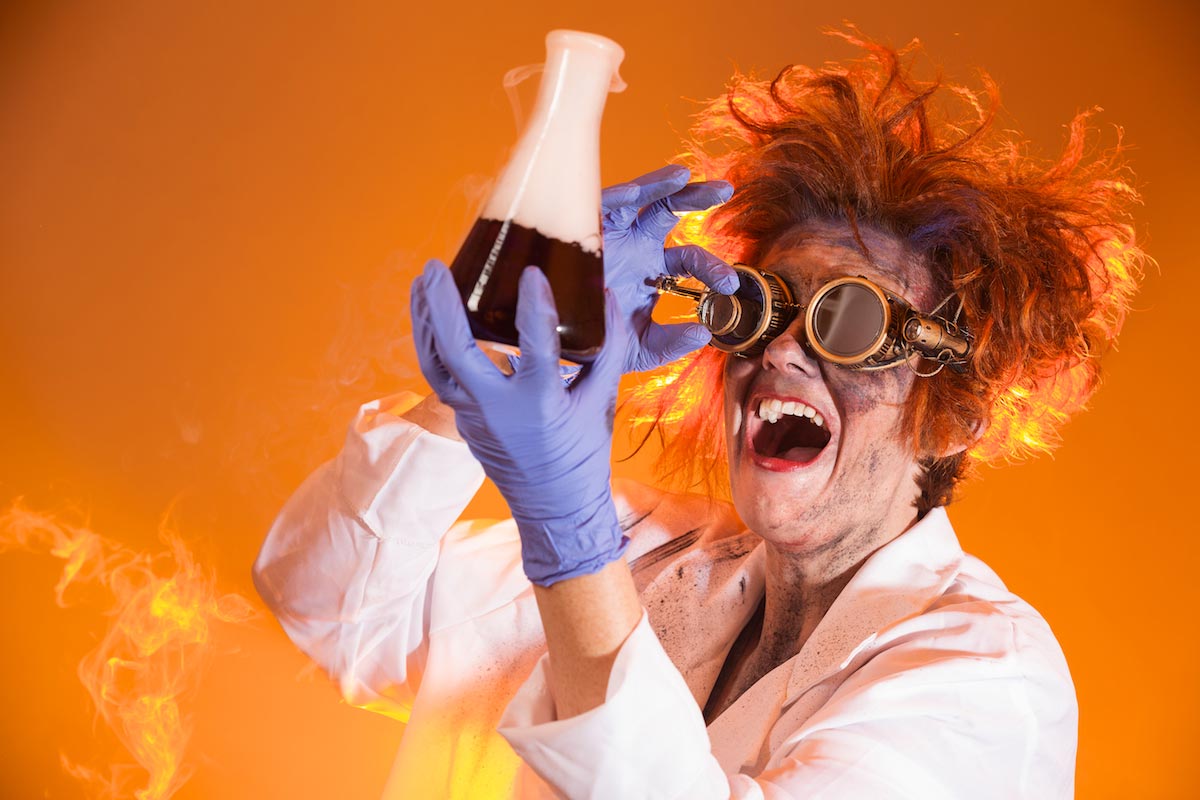Salmon with a side of GMOs: The FDA approves an Indiana company’s genetically modified salmon and you won’t even know you’re eating it
02/11/2020 / By Isabelle Z.
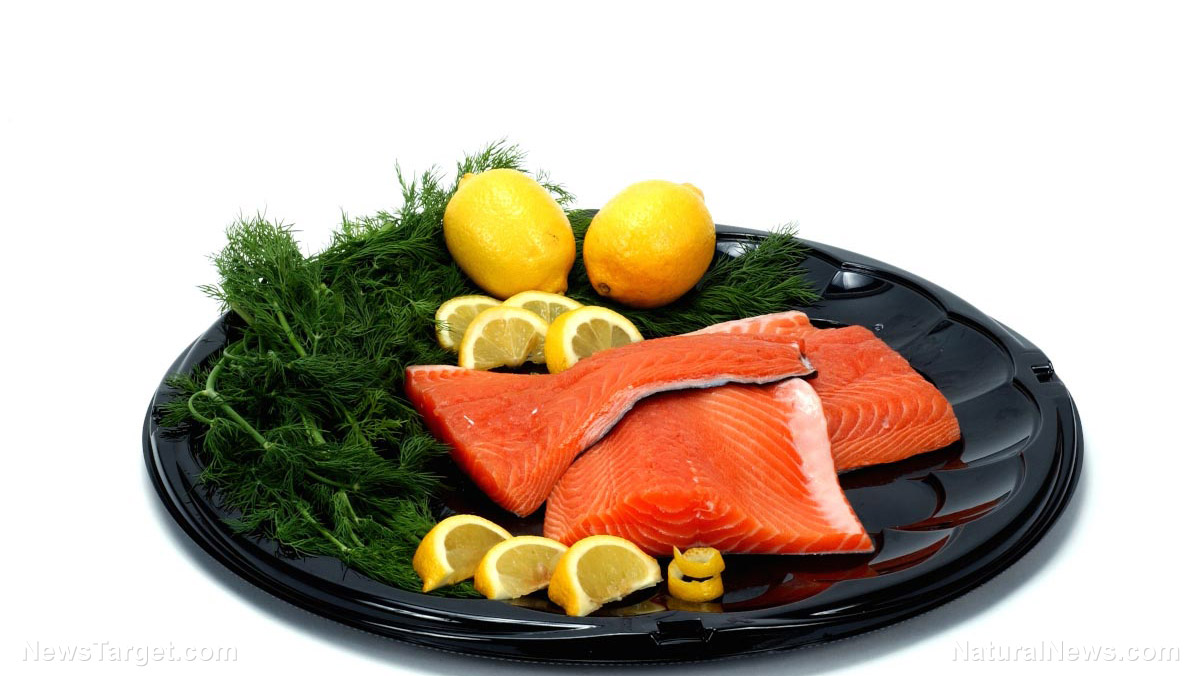
It’s about to get more difficult to avoid GMOs as the FDA has granted approval to a type of genetically modified salmon that grows faster and requires less feed than natural salmon.
This salmon, which is known as AquAdvantage Salmon, is grown not in the Atlantic but inland in indoor tanks in Indiana. The company that produces it, AquaBounty, says it is grown inland in order to protect marine ecosystems and native fish populations. It requires 25 percent less feed and has been engineered for quick growth.
The genetic modification entails the extraction of a gene for hormone growth from Chinook salmon, which is then inserted into the genetic sequence of Atlantic salmon. It also contains some DNA from a fish known as ocean pout. This means it can be put up for sale faster than traditional salmon. The fish can reach full size in roughly 18 months, which is twice as quickly as regular salmon.
There’s no question that salmon is a nutritious and in-demand food, but it remains to be seen whether this particular offering will deserve the same labels. As far as nutrients go, experts say there’s no way to know how the genetic variation will impact the nutrient density of the resultant fish. There’s a possibility it simply won’t offer the same nutrient profile as conventional salmon, which is known for being a great source of omega 3 fatty acids, protein, selenium, B vitamins, and the antioxidant astaxanthin, which can reduce your risk of heart disease and protect the nervous system and brain from inflammation.
It may not see the demand of natural salmon, either, as people are growing increasingly wary of genetic modification. Even though the FDA has given its approval, we simply don’t know what the long-term effects of consuming GMOs could be. Because this approach is so new, it’s impossible to say how it might harm health over time. This “Frankenfish” is the only genetically engineered animal approved by the FDA for food use.
GM foods can cause negative and unpredictable health effects
Although we don’t know what effects GM salmon could have on human health, what we do already know about other GM foods is alarming. Rats that were fed GM tomatoes approved by the FDA suffered from bleeding stomachs, while those that were fed Monsanto’s Bt corn suffered significant changes in their livers, kidneys and blood cells.
According to the Institute for Responsible Technology, workers who were exposed to Bt cotton developed allergies that required hospitalization in some cases, while sheep in India have reportedly died within a week of grazing on Bt cotton plants – and the list goes on. It’s also important to keep in mind that the health risks of GM foods are greater for babies and children whose systems are still developing; pregnant mothers could also pass on these toxins to their children in the womb or to infants during breastfeeding.
Restaurants don’t have to disclose GM salmon
Unfortunately, if you’re one of the many people who prefers to avoid food that was essentially created in a lab, it is going to be very difficult to know if you’re getting this salmon when you eat in restaurants. That’s because restaurants and cafeterias do not have to do disclose whether the salmon they are serving has been genetically modified; only the manufacturers of the final food product must do so. In other words, the restaurant knows it’s GM when they buy it, but they don’t have to tell customers this is the case up front. By the way, that also applies to foods like chicken, so buyer beware.
The next time you decide to order salmon while dining out, make sure you ask if it’s the GM variety. It may look and taste the part, but make no mistake about it: AquAdvantage salmon is a Frankenfood that could impact your health in very negative and unpredictable ways.
Sources for this article include:
Tagged Under: AquAdvtange salmon, biotech, deception, frankenfood, future tech, genetic modification, GM foods, GM salmon, GMO, groceries, ingredients, salmon
RECENT NEWS & ARTICLES
ScienceDeception.com is a fact-based public education website published by Science Deception Features, LLC.
All content copyright © 2018 by Science Deception Features, LLC.
Contact Us with Tips or Corrections
All trademarks, registered trademarks and servicemarks mentioned on this site are the property of their respective owners.





